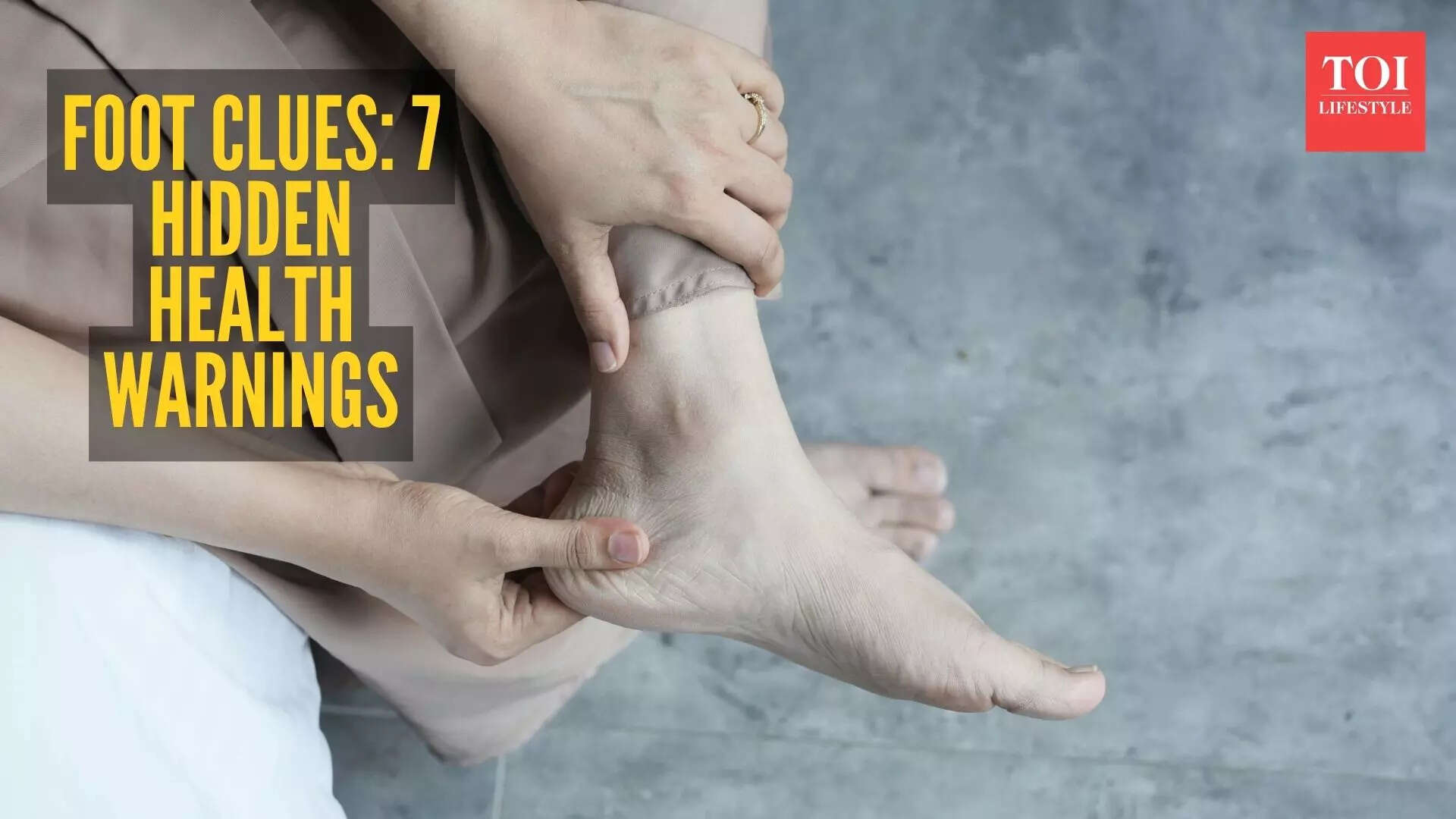Fear is contagious: Here’s how it spreads and ways to stay calm |

That strange moment when you sense someone else’s panic before they speak, the shift in the atmosphere, the tightness that creeps into your own body, all of it has a scientific explanation. Fear can move from one person to another quietly and quickly, often without conscious awareness. This emotional spillover is known as fear contagion, and it plays a bigger role in daily life than most people realise. Learning how it works helps you stay calm and grounded when others around you are anxious.A key peer-reviewed study in Nature Neuroscience found that simply observing another individual in fear activates the same neural regions in the observer, including the anterior cingulate cortex and the amygdala, which are both linked to threat perception and emotional learning. This means your brain may respond to someone else’s fear as if it is your own. In this article, we explore how fear passes from person to person, why it spreads easily, and practical science-backed techniques that help you stay calm.
How fear passes from person to person and why the brain reacts so fast
Fear contagion happens because humans are wired to detect danger through social cues. When someone nearby displays alarm through widened eyes, a sharp change in tone or a stiff posture, your brain reads these signs as indicators of potential threat. Mirror neuron systems and emotional processing circuits interpret these cues automatically. This creates a rapid internal reaction that prepares your body to respond, even if you are not personally in danger. Although this mechanism evolved to support group survival, in modern environments, it can make you absorb fear that belongs to other people, not to the situation you are actually in.
Common situations where fear passes from person to person
Direct social interactions If a colleague becomes anxious before a presentation or a family member panics about an issue, you may feel your own stress levels rising. You are responding not to the event, but to their emotional signals.Crowds and group settings Groups magnify emotional states. When one person shows strong fear, others mirror it, which intensifies the reaction. This is why panic can spread rapidly in crowds or tense group discussions.News cycles and digital environments You do not need to physically see someone to catch their fear. Social media, videos of emotional reactions and alarming news headlines can activate the same fear circuits. Emotional content spreads quickly online, which is why digital spaces are powerful amplifiers of fear contagion.Subtle non verbal cues Humans pick up slight changes in voice, facial muscles and posture. Even if you are not consciously aware of these cues, your brain registers them and may respond with tension, alertness or unease.
How fear passes from person to person through emotional cues
Fear contagion is not always dramatic. It often happens through:
- Micro expressions that signal discomfort
- Quick shifts in eye contact or breathing
- A tremble in someone’s voice
- Fast talking or restless movements
- Silence that carries tension
These cues communicate fear socially. Your brain matches them to stay aligned with the group, which can be helpful in danger but draining in everyday life
How to stay calm when fear passes from person to person
Here are practical science-informed strategies to protect your emotional state:Identify whether the emotion is yours Before reacting, ask yourself a simple question: was I calm before this moment? This helps you separate your baseline from the fear you are absorbing.Use conscious breathing to interrupt the cycle Slow breathing lowers heart rate and signals safety to your nervous system. It interrupts the mirroring process and helps your brain switch out of alarm mode.Reduce or limit exposure to panic inducing environments If social media, WhatsApp groups or certain conversations intensify your anxiety, take breaks. Controlled exposure stops your nervous system from being overwhelmed.Ground yourself in physical sensations Touch a surface, feel your feet on the floor or name three things in the room. Grounding techniques bring attention back to the present moment and reduce emotional mirroring.Maintain boundaries with highly anxious people This does not mean cutting off relationships, but it does mean noticing when someone’s emotional state is directly affecting yours. Physical or conversational distance helps break the feedback loop.Build emotional resilience through routine practices Adequate sleep, movement, hydration and mindfulness all strengthen your stress tolerance. When your baseline is strong, other people’s fear affects you far less.
Why staying calm matters when fear passes from person to person
Unchecked fear contagion can drain your energy, cloud decision-making, and create unnecessary stress. It influences mood, productivity, relationships, and overall well-being. When you understand how fear spreads and use simple regulatory tools, you protect your clarity and emotional balance. You also create a stabilising presence for others. Calmness itself spreads socially, just like fear, and can shift the emotional tone of a room.Fear does pass from person to person because the brain mirrors the emotional cues of those around you. This can happen in social interactions, crowds, online environments or through subtle signals. You can stay calm by recognising emotional contagion, regulating your body, grounding yourself and managing your exposure to panic-driven spaces. When you take control of your emotional boundaries, you protect your mind and reduce the impact of others’ fear on your day.Disclaimer: This article is for general informational purposes only and is not a substitute for professional medical advice, diagnosis, or treatment. Always seek the guidance of a qualified healthcare provider regarding any medical condition or lifestyle change.Also read| Your brain knows you will change your mind before you do: Inside the brain’s decision-reversal system






